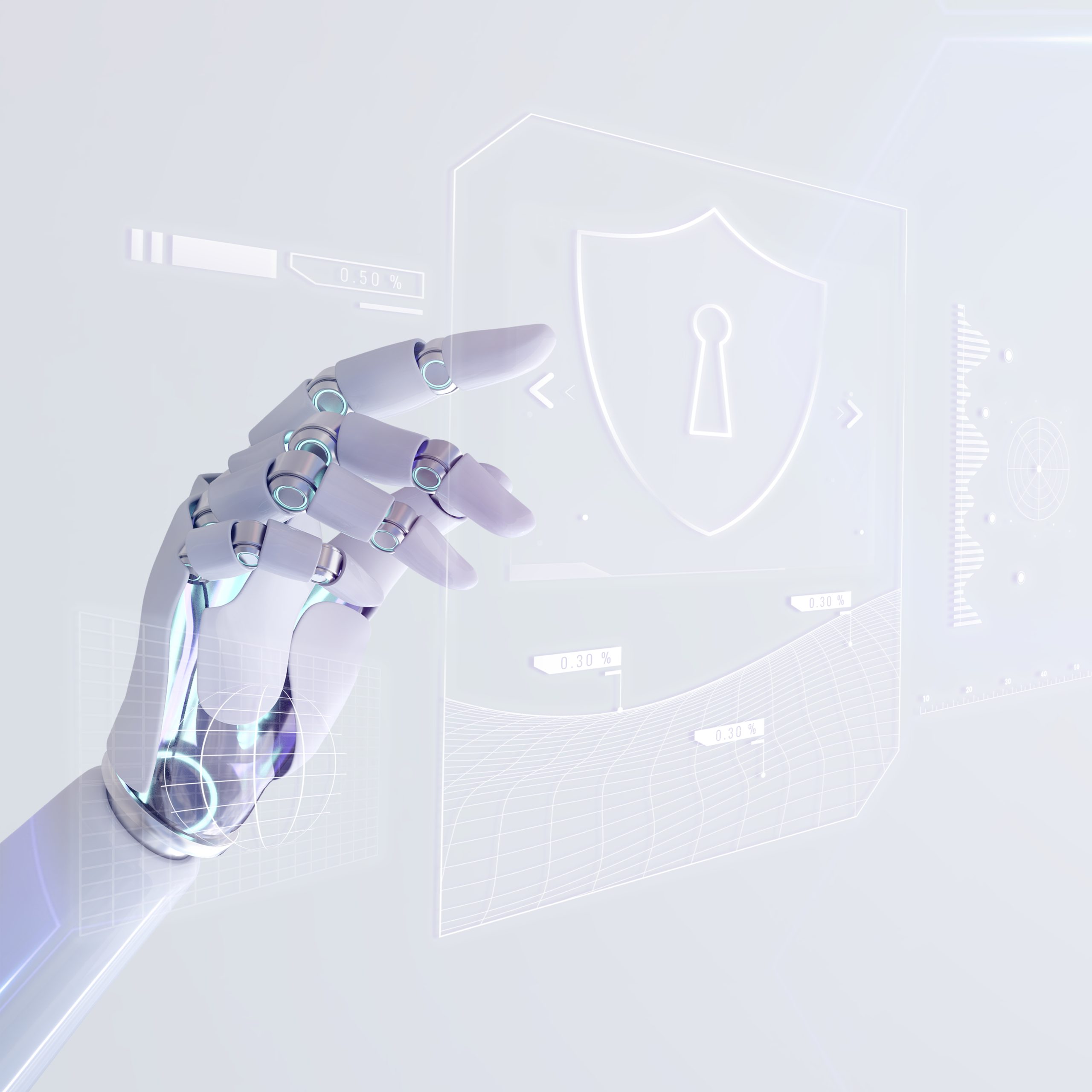
Business processes for optimal performance.

Optimize your operations with experts

Orchestrating processes for performance.

Total Control for preventive maintenance

Ensuring data protection with integrity

Leverage the cloud securely














In today’s digital age, the path to success is paved with the right strategies.
At SafeComs, we specialize in Digital Transformation Consulting, guiding businesses through the intricate maze of digital business transformation.
Our expertise ensures your ticket to a seamless and impactful digital transition and that you’re not just adapting to the digital era but thriving in it.
Navigating the digital landscape can be daunting, but you’re not alone.
As your trusted Digital Transformation Agency, we’re here to guide, support, and elevate your digital initiatives.
Whether you’re looking to revamp your strategies or start anew, our Digital Transformation Consultants are your allies in this journey.



Our services are tailored to meet the unique needs of every client. As a leading Digital Transformation Company, SafeComs offers a comprehensive suite of solutions designed to propel your business into the digital age.
From strategy formulation to implementation, our team ensures that digital becomes a core strength of your business.
SafeComs is at the forefront of delivering tailored IT solutions to meet the evolving demands of modern businesses. Our expertise spans across IT Outsourcing, ensuring operational efficiency, and ERP Solutions, which are crafted to orchestrate business processes seamlessly.
With a vigilant approach towards Cybersecurity, we safeguard your digital landscape against unforeseen threats. Our commitment to PDPA Compliance ensures robust data protection, aligning with regulatory standards. Through SafeComs University, we extend our knowledge, nurturing tech-savvy leaders equipped to navigate the digital future.
With SafeComs, you’re not just adopting cutting-edge IT solutions; you’re partnering with a team dedicated to driving sustainable growth and innovation in your business operations.




Every vision is a potential success story waiting to be written. With SafeComs, your vision is our mission. As a premier Digital Transformation Agency, we’re here to turn your digital aspirations into tangible results. Let’s collaborate and craft a digital narrative that resonates with your audience.